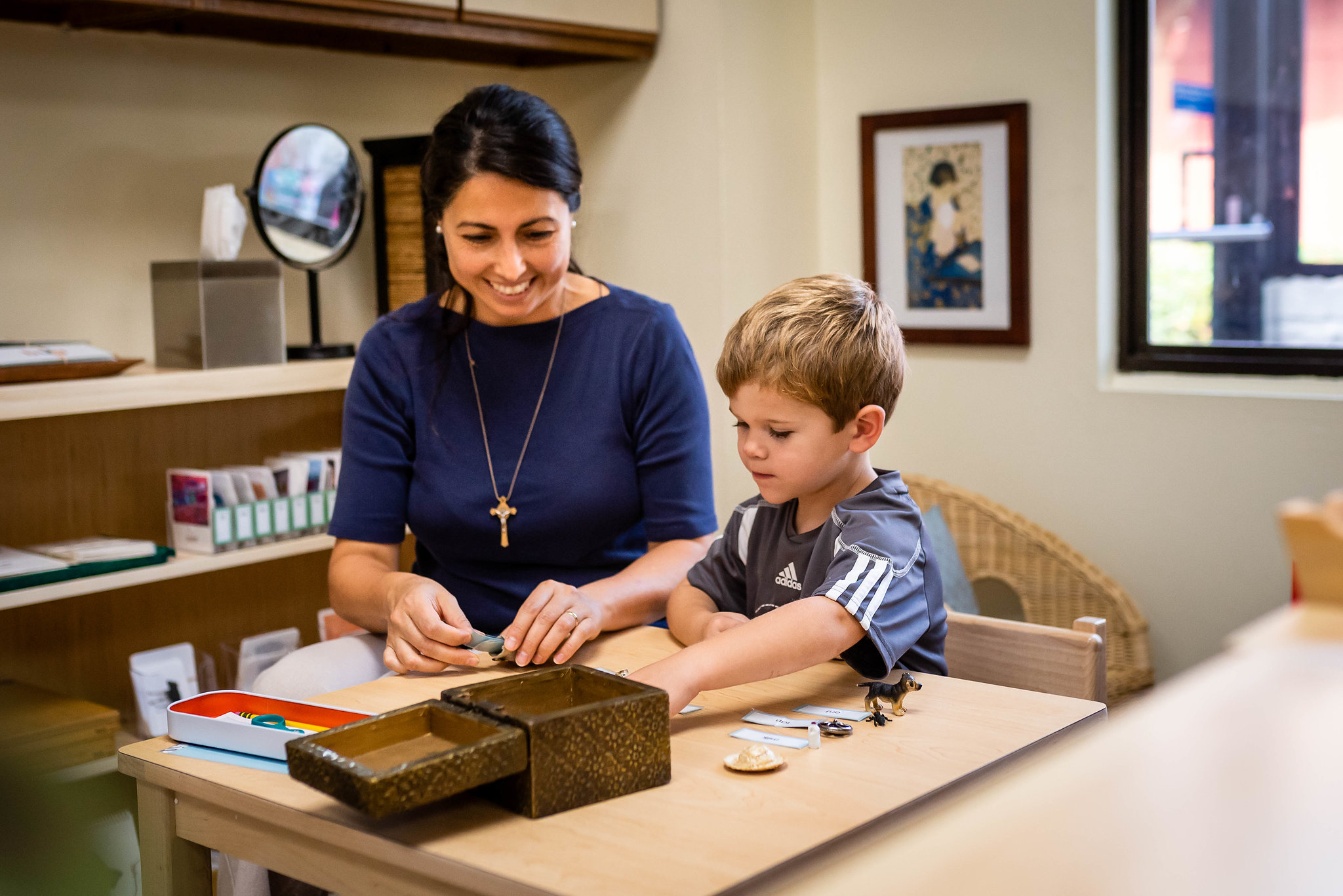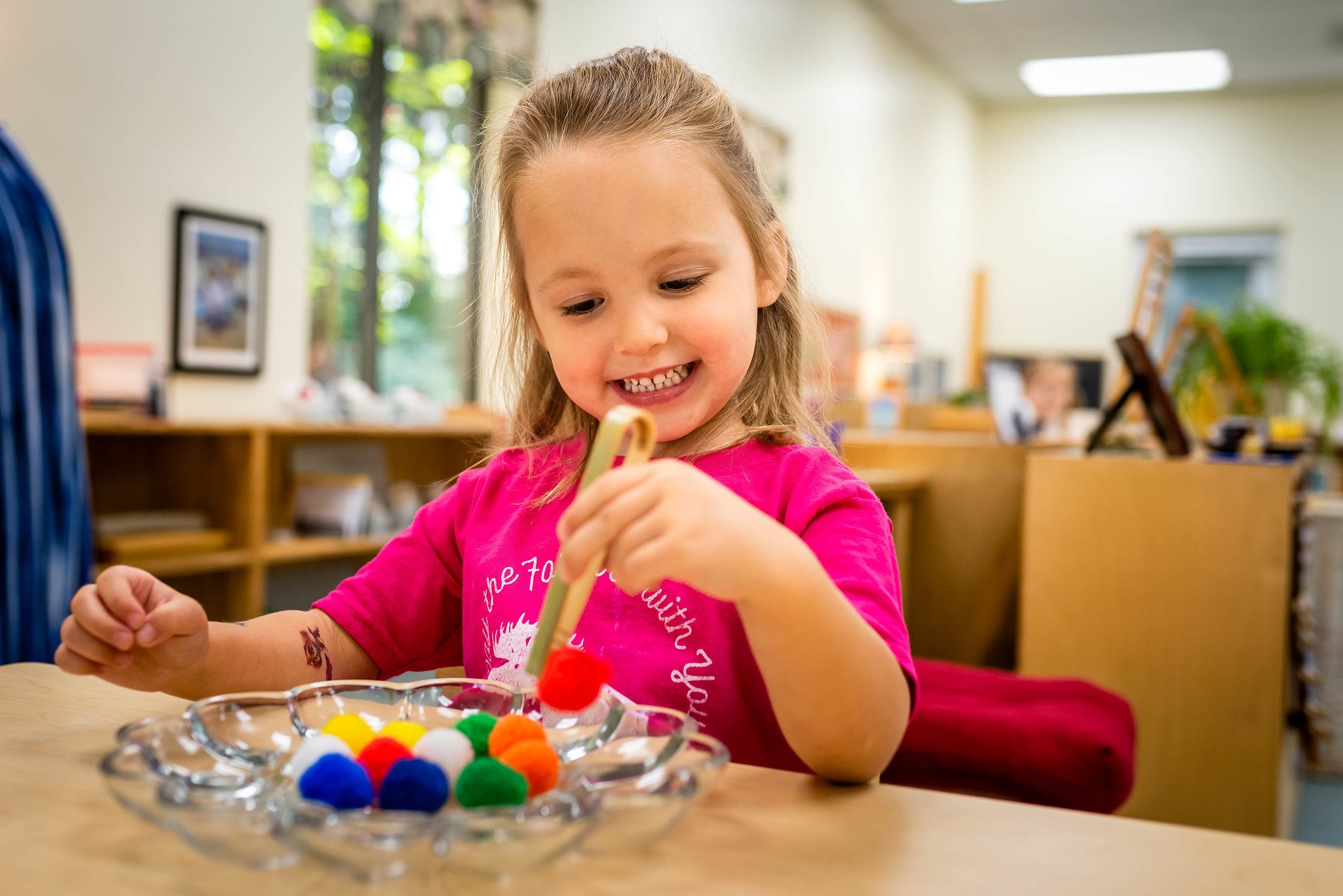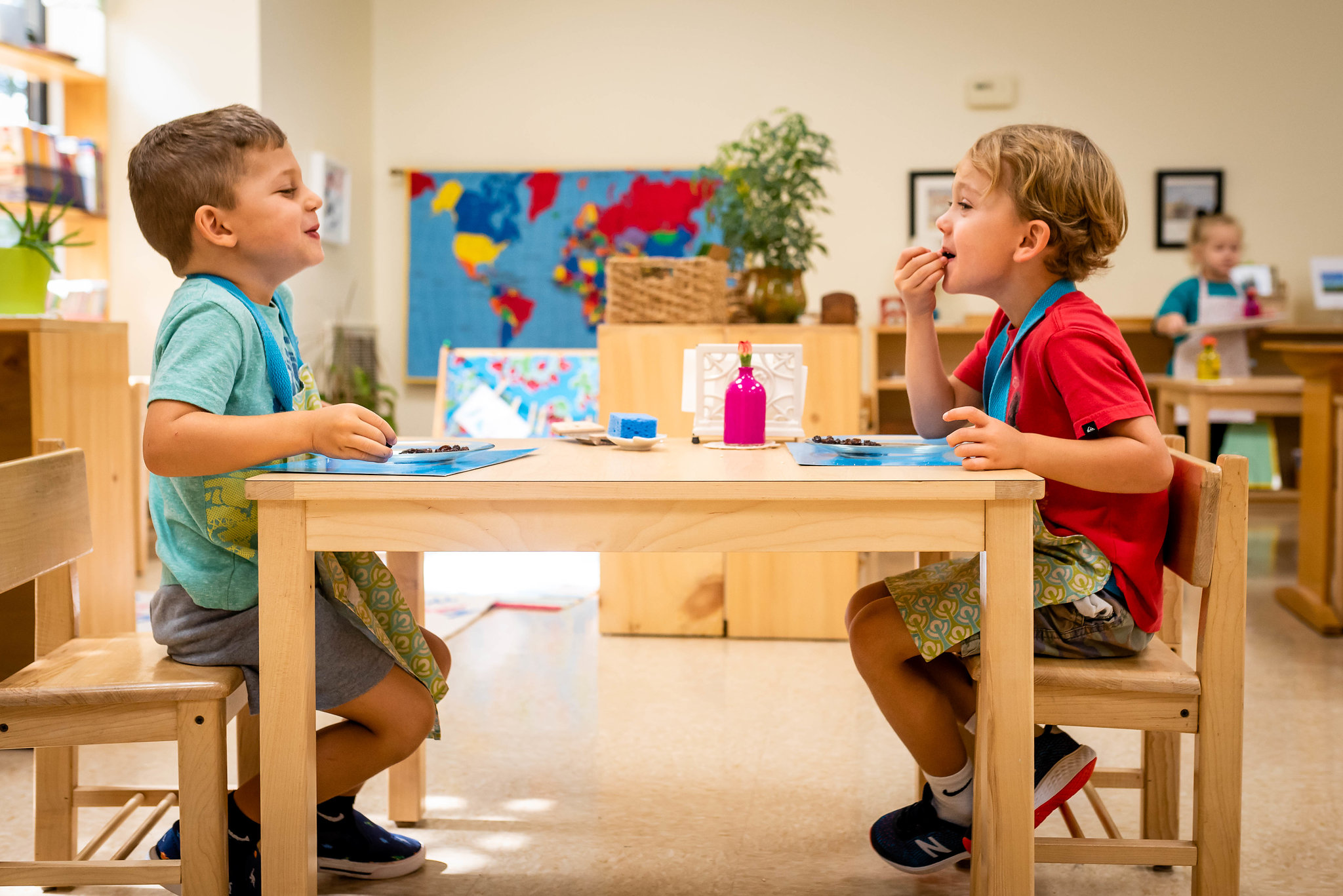Education for life

Montessori Method
The Montessori approach to education was developed by Maria Montessori, the Italian physician, psychiatrist, and anthropologist who lived from 1870 to 1952. Dr. Montessori dedicated her life’s work to the observation and study of children from infancy to adulthood. She used her findings to develop educational programs and curricula, and helped found schools throughout the world. Dr. Montessori was a prolific writer and speaker, and achieved international fame for the educational system she developed.
The Montessori method embraces a broad vision of education as a tool for life. Founded on the belief that children possess an inherent love of learning, it provides a framework for engaging students in meaningful work and experiences. Montessori education seeks the formation of children who are independent thinkers and creative problem solvers, capable of leading productive, responsible, and harmonious lives.
The Montessori philosophy is based on the principle that all children naturally develop in stages, called planes of development. From birth to age 6, children occupy the first plane, in which they are sensorial explorers who absorb the world around them. Children in the second plane, ages 6 through 12, are conceptual explorers eager to learn and experience the world and their role in it. Around the age of 12, students transition to the adolescent plane in which they are humanistic explorers eager to understand their place in society and to contribute to it.
Montessori programs correspond to the planes of development. The Primary program serves students in the first plane, approximately ages 3 to 6. The Elementary program covers six years and is divided into Lower Elementary (grades 1 through 3) and Upper Elementary (grades 4 through 6). Middle school mirrors the adolescent plane of development, students in grades 7 through 9.
Montessori classrooms are known as “prepared environments” with specially designed materials and learning tools. Because children develop on different timelines, students work at their own pace, with guides providing lessons and guidance at appropriate intervals. Classrooms operate on three-year cycles, allowing students to form close relationships and engage in cooperative learning and mentoring roles.



